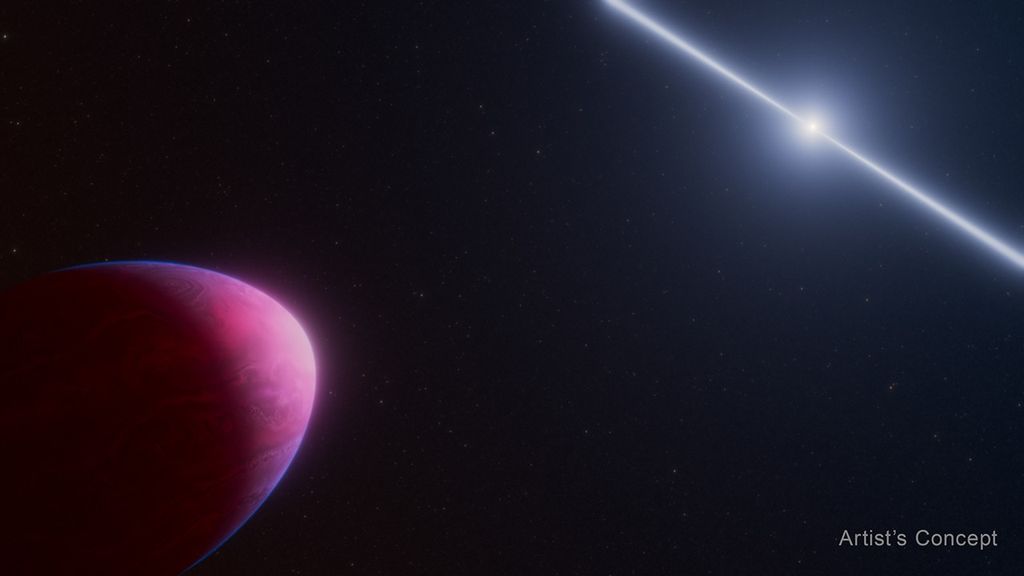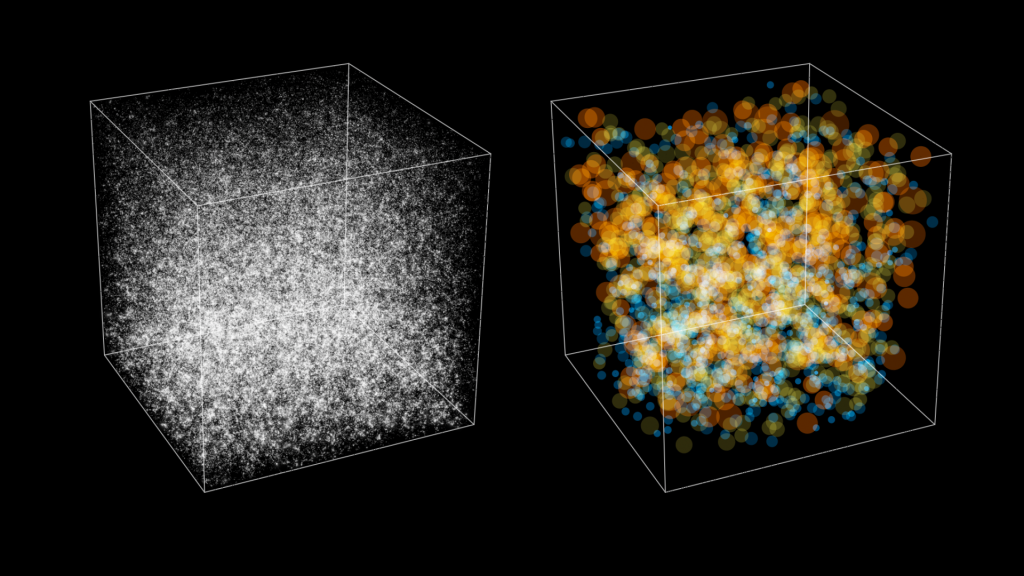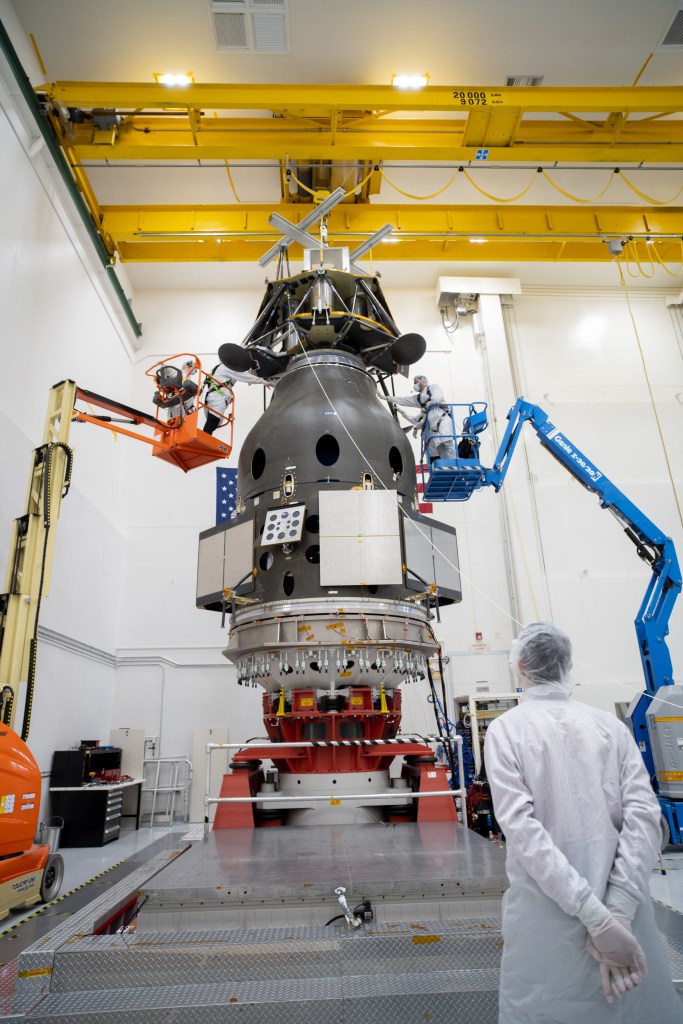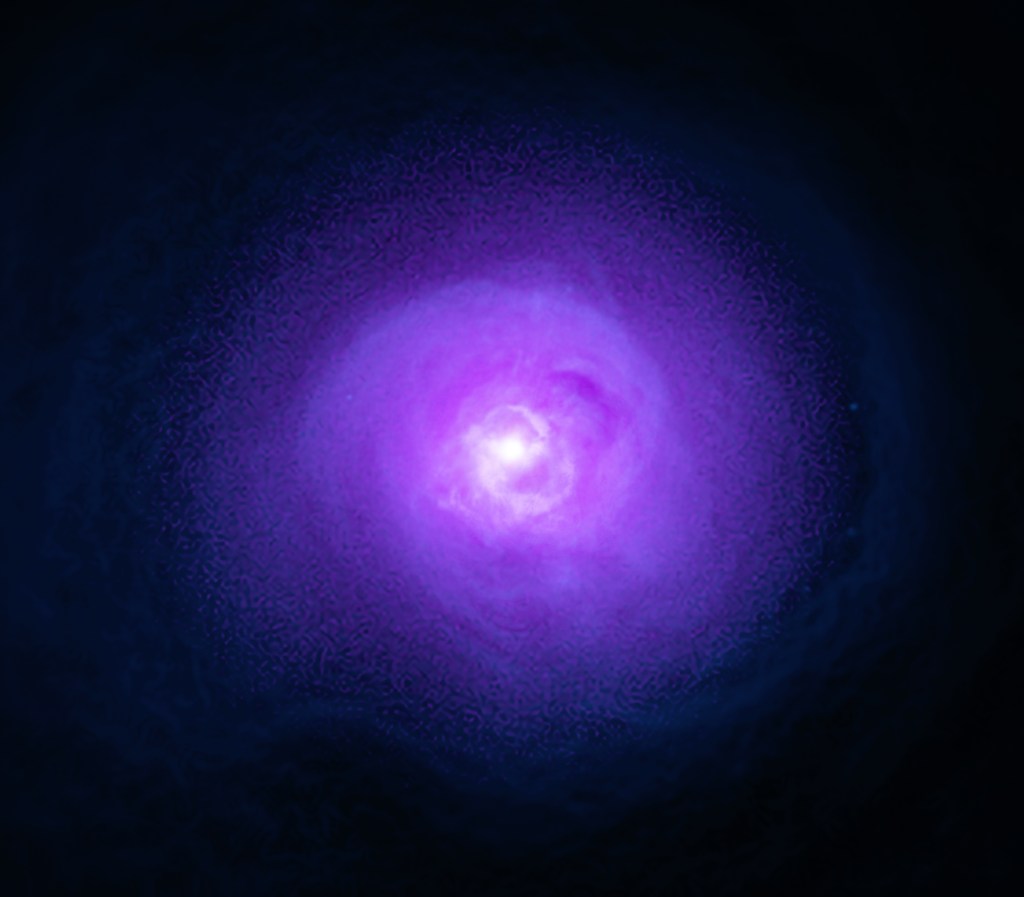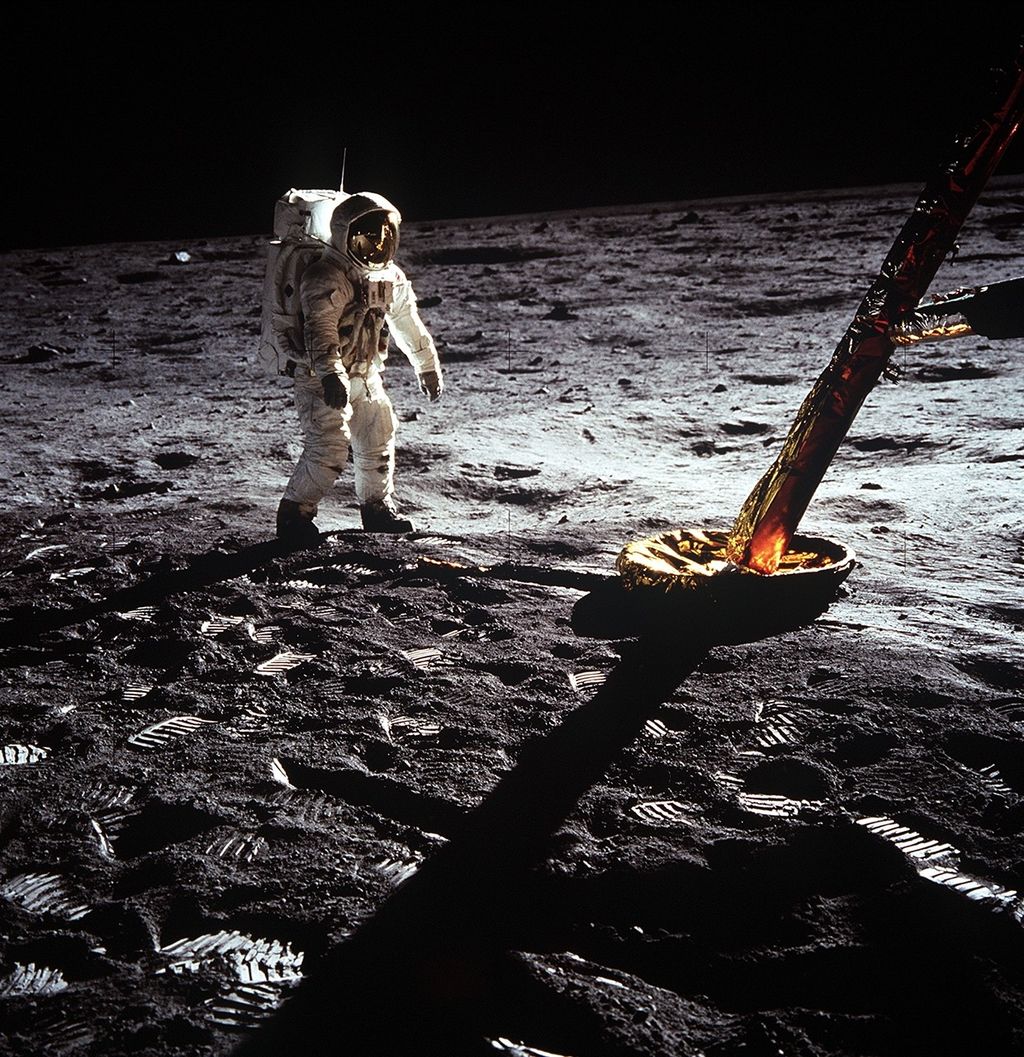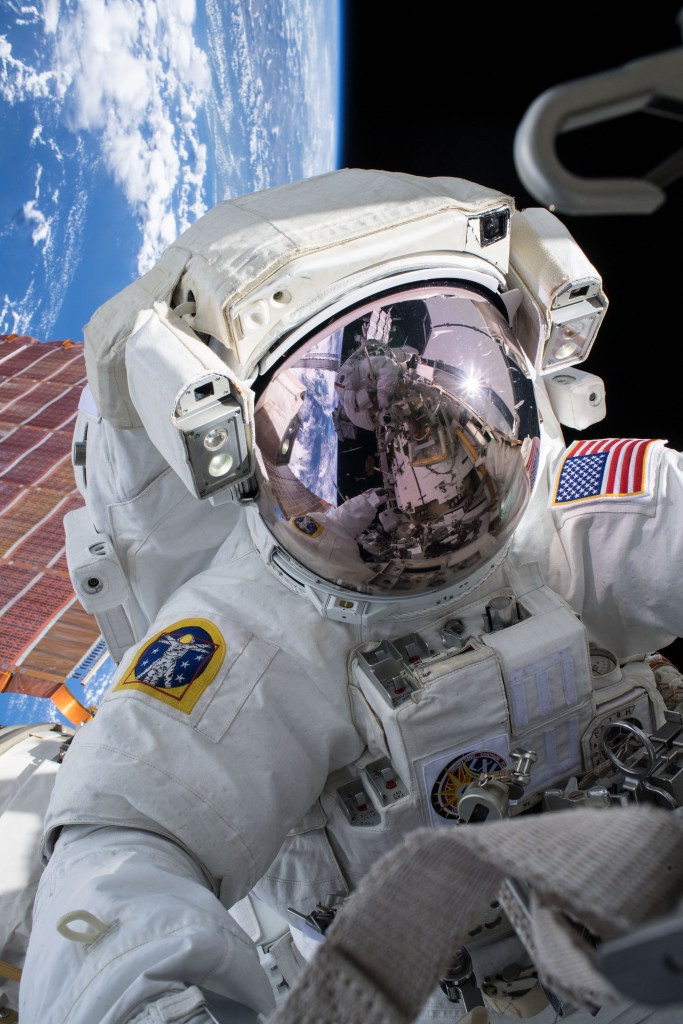NASA Cost-Saving Technology Demo is Ready for Launch
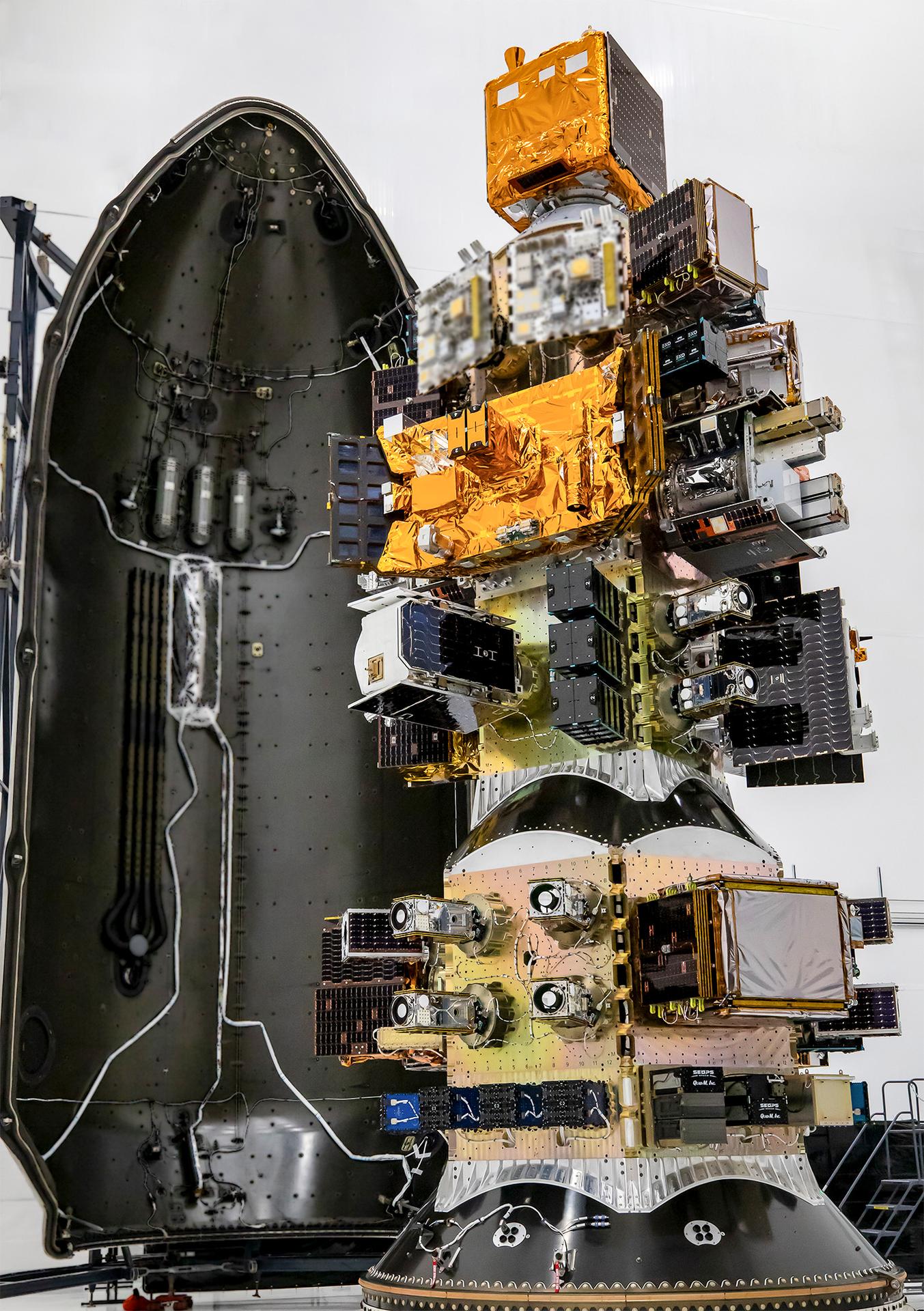
A NASA small satellite is set to launch on a commercial rideshare mission to test rapid, low-cost deployment of multiple technology prototypes in low Earth orbit, along with three other NASA funded small-scale satellites.
The R5-S7 (Realizing Rapid, Reduced-cost high-Risk Research project Spacecraft 7) CubeSat, developed by NASA’s Johnson Space Center in Houston, is launching aboard a SpaceX Falcon 9 rocket as part of the Transporter-15 rideshare mission. Liftoff from Space Launch Complex 4 East at Vandenberg Space Force Base in California is targeted for 10:18 a.m. PST (1:18 p.m. EST) Friday, Nov. 28.
The latest in a series of spacecraft, this CubeSat, about the size of a shoebox, will perform a proximity operations maneuver immediately after being dispensed from the launch vehicle. This will be the first R5 spacecraft in the series to execute such a maneuver, advancing a fundamental capability required for activities like inspection and in-space servicing, assembly, and manufacturing.
Like the R5 spacecraft before it, R5-S7 used an incremental development approach to incorporate improvements based on the lessons learned from prior demonstrations. This CubeSat incorporates commercial-off-the-shelf hardware, including some subsystems that are also commercially available. The demonstration of these systems will make traditionally expensive and long-lead time subsystems, like propulsion, available on much shorter timelines and for a small fraction of the cost.
The R5 series of CubeSats seeks to pioneer new approaches to building and operating spacecraft, reduce timelines from years to months, and make spacecraft design more affordable. By accelerating the demonstration of prototype technologies in orbit, engineers and scientists will be able to rapidly prove them and make technologies and hardware available to NASA missions and other users.
The R5-S7 CubeSat will be joined by dozens of other payloads on the mission, including three launching as part of NASA’s CubeSat Launch Initiative, which provides launch opportunities for CubeSats built by U.S. educational institutions and non-profit organizations, including informal educational institutions such as museums and science centers.
A satellite about the size of a loaf of bread, 3UCubed-A, developed by the University of New Hampshire at Durham and manifested by SEOPS, will measure precipitating electrons and ultraviolet emissions in the auroral and cusp regions of Earth. Researchers will combine these measurements with data from NASA’s IMAP (Interstellar Mapping and Acceleration Probe) observatory, which launched earlier this year to investigate how the polar regions of Earth’s atmosphere respond to varying solar wind conditions and particle precipitation.
A pair of CubeSats, called TRYAD-1 and TRYAD-2, from Auburn University in Alabama, and manifested by SEOPS, will study terrestrial gamma-ray flashes (TGFs) using multipoint observations to constrain TGF beams, allowing us to distinguish between TGF models and thunderstorm electric fields. The TRYAD (Terrestrial Rays Analysis and Detection) mission is a multi-institution project aimed at studying TGFs. Auburn University built the two TRYAD CubeSats and will conduct orbital operations. The University of Alabama in Huntsville built the science payload with the assistance of NASA Goddard Space Flight Center in Greenbelt, Maryland.
NASA’s Small Spacecraft Technology program office, based at NASA’s Ames Research Center in California’s Silicon Valley and led by the agency’s Space Technology Mission Directorate at NASA Headquarters in Washington, funds and manages the R5 mission series. NASA awarded the launch services for this CubeSat through its VADR (Venture-Class Acquisition of Dedicated and Rideshare) contract. NASA’s Launch Services Program, based at the agency’s Kennedy Space Center in Florida, manages the VADR contracts.
For more information about NASA’s rapid flight demonstrations, visit:
https://www.nasa.gov/reference/rapid-flight-demonstration/
For more information about NASA’s CubeSat Launch Initiative, visit:
https://www.nasa.gov/kennedy/launch-services-program/cubesat-launch-initiative


